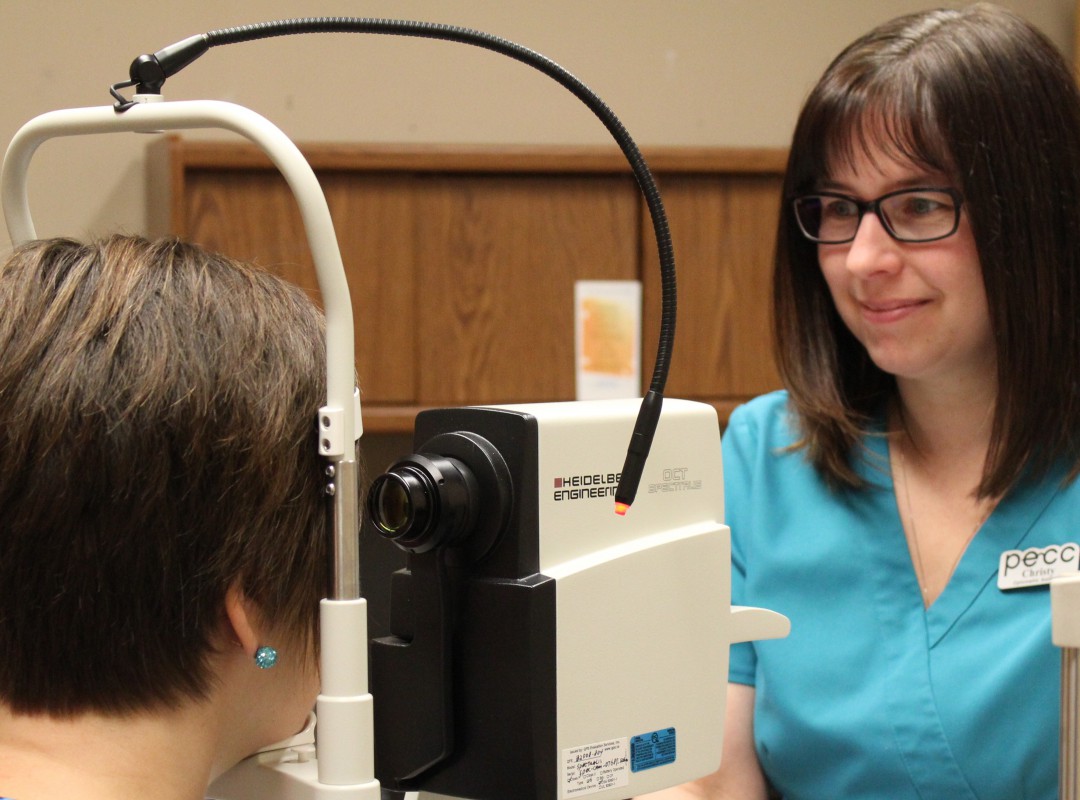In just a few days, it will be October which is Children’s Vision Month! School is back in full swing and if your children haven’t had their annual complete eye examination with an optometrist, October is a great time to do so. During an examination, your child’s vision will be tested to make sure they are seeing clear and comfortably – it is possible to have excellent vision but also underlying, undetected eye conditions. Such undiagnosed eye problems may include farsightedness, binocular vision (eye teaming skills), a variety of eye health conditions, and amblyopia (lazy eye).
Farsightedness in children does not typically impact their distance vision, unless it’s a very large amount of farsightedness. It typically manifests as problems up close such as blurry or strained vision, headaches, tired eyes, lack of interest in reading, etc. Many binocular vision issues exist but the most common ones often result in fatigue with near work, double vision, and/or blurry vision. Most eye health issues in children are minor such as dryness or allergies. Sight or even life-threatening conditions exist, but fortunately are quite rare in children. Your optometrist will may be able to detect any eye health concerns and what treatment, if any, are required.
Amblyopia, or lazy eye, is colloquially thought of as a droopy eye lid an eye turn. Optometrists call an eye lazy when it is not seeing 20/20 with the best possible spectacle correction in absence of any eye health concerns. It typically arises because the brain ignores one eye due to either a blurry or double image. The area of the brain corresponding to the lazy eye doesn’t develop properly and further treatment (such as patching) is required. It is important to catch lazy eyes at a young age because it gets much harder to achieve good outcomes after approximately 8 years of age. Most children with a lazy eye have no symptoms because one eye sees very well and to them it is normal.
Complete eye examinations are covered by SK Health in Saskatchewan, and are recommended at 6 months old, 3 years old, and every year while kids are in school.


